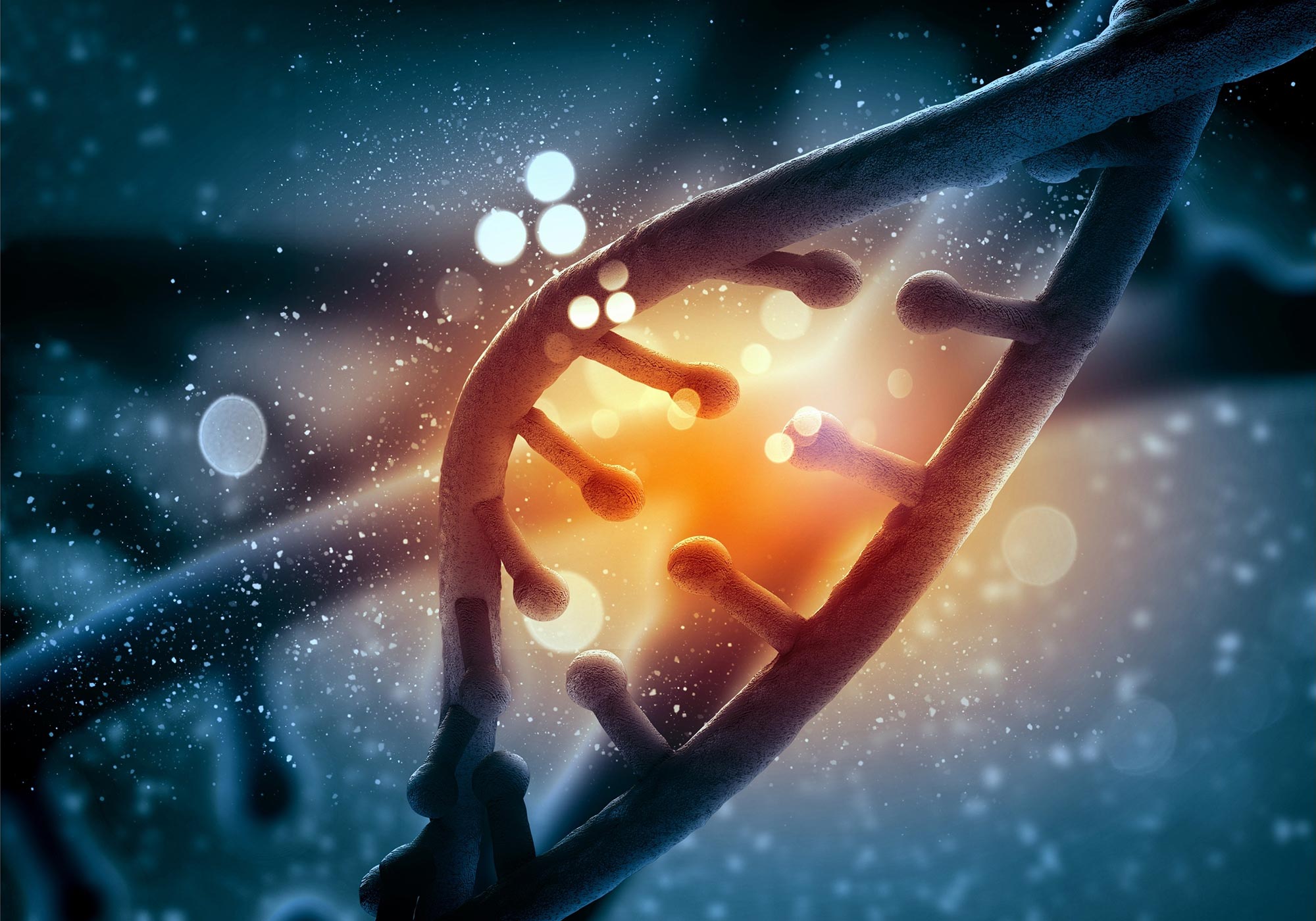Researchers have discovered a “spatial grammar” in DNA that redefines the role of transcription factors in gene regulation, influencing our understanding of genetic variations and disease.
A recently uncovered code within DNA, referred to as “spatial grammar,” may unlock the secret to how gene activity is encoded in the human genome.
This breakthrough finding, identified by researchers at Washington State University and the University of California, San Diego and published in Nature, revealed a long-postulated hidden spatial grammar embedded in DNA. The research could reshape scientists’ understanding of gene regulation and how genetic variations may influence gene expression in development or disease.



DNA is the ultimate spaghetti code
It really is. Version control and branching is all over the place (many proteins with new functionality arise from a erroneous duplication event, which results in two copies of the same gene. This redundancy then allows mutations to accrue in one or both of these genes, as long as one is still functioning sufficiently)